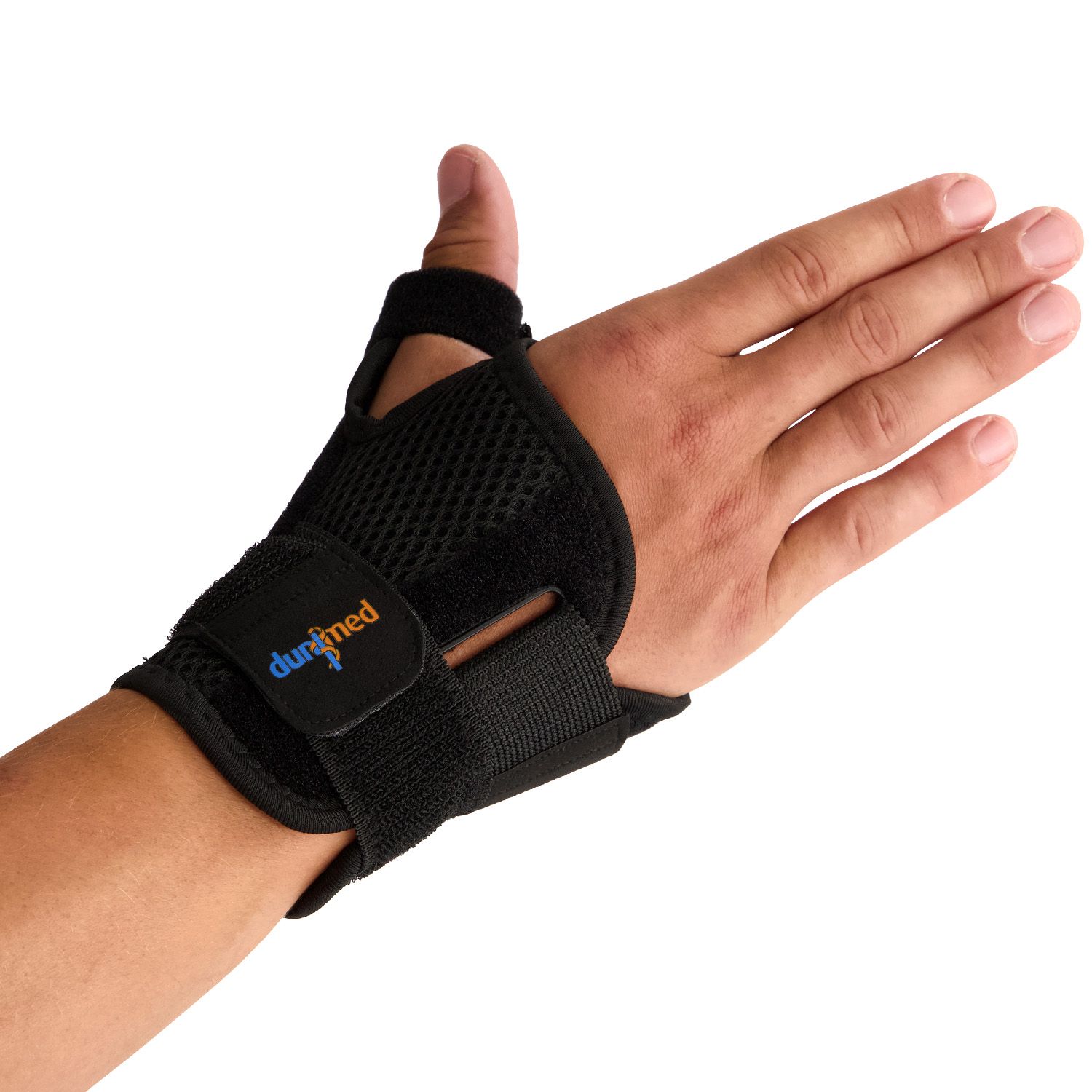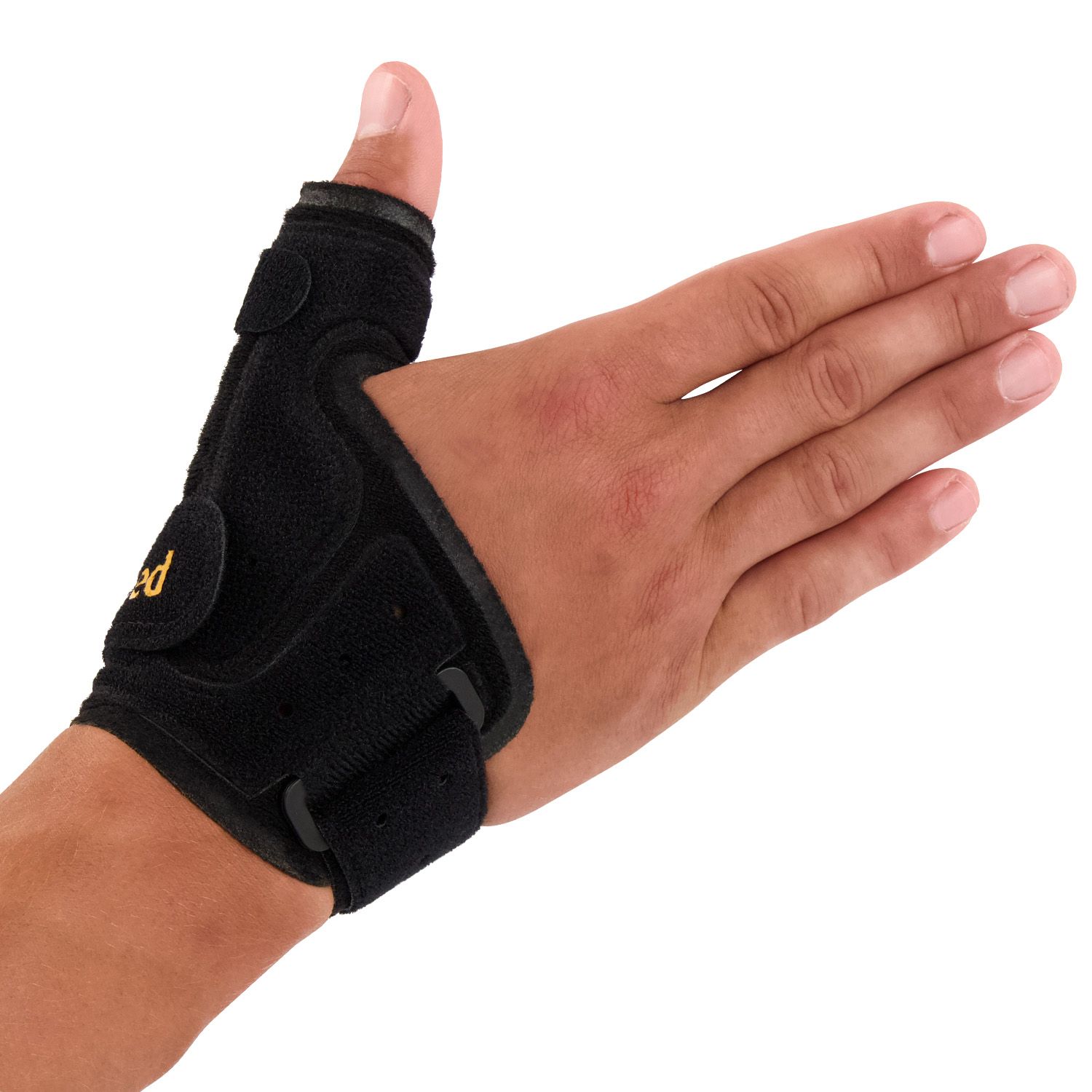Rheumatoid Arthritis
Rheumatism in the thumb is not caused by external trauma. Rheumatism is, in fact, a collective term for different types of conditions. Below, we provide you with additional information about rheumatism in the thumb and how to best treat it. Read on below:
What types of rheumatism are there?
Rheumatism is the umbrella term for as many as 100 different types of conditions. The most common are: psoriatic arthritis, osteoarthritis, and rheumatoid arthritis. An infection or gout can also cause arthritis. Rheumatoid arthritis is an autoimmune disease that affects the cells that normally lubricate and cover the joints. This is a systemic condition. This means that multiple joints may be affected. The membrane surrounding the joint becomes inflamed, swells, and damages the cartilage and bone. The swollen tissue can also stretch the surrounding ligaments, causing instability and deformities. The inflammation can also spread to the tendons, causing them to rupture or stretch.
What symptoms occur with rheumatism in the thumb?
Rheumatoid arthritis of the hand most commonly occurs in the wrist and the knuckles of the fingers. Swelling, stiffness, and pain are symptoms that occur with all forms of rheumatism. With rheumatoid arthritis, some joints may be more swollen than others. Often there is a sausage-like swelling of the thumb. Furthermore, it may be the case that the thumb can no longer bend or stretch, there is a cracking sound, a change in thumb position, or a numb and tingling sensation in the fingers due to swelling. The thumb may also be unstable, deformities may occur, flexion may be reduced, there may be extension loss, or the inability to move due to rupture of the affected tendon. If your doctor suspects rheumatoid arthritis, a blood test or other examinations can confirm the diagnosis.
What treatments are available?
Treatment almost always takes place with a rheumatologist. This treatment is aimed at restoring function and relieving pain. Anti-inflammatory drugs such as cortisone injections and steroids can reduce inflammation, relieve pain, and slow the progression of the disease. Your doctor or rheumatologist may refer you for information about exercises, splints, and heat or cold therapy such as a paraffin bath (warm wax). They will also explain methods and tools for how to best use your hand. Rheumatism often affects the joints and tendons; if this happens, it may become difficult to hold things. In some cases, surgical intervention may help, such as the removal of joint nodules or reducing pressure on tendons by smoothing or removing the rough bone along which the tendon runs.
Can rheumatism in the thumb be cured?
Rheumatoid arthritis unfortunately cannot be cured. For optimal care, the rheumatologist, hand surgeon, rehabilitation doctor, hand therapist, and patient work together. It is important to schedule surgery at the right time to restore balance and preserve the joints for as long as possible before more serious deformities develop. At Podobrace, we also offer various products to help prevent the worsening of rheumatism. We have several thumb braces in our assortment for this condition.

Novamed Thumb Support / Wrist Splint

Super Ortho Thumb Support CMC

Dunimed Premium Thumb / Wrist Support

Dunimed Manu Thumb Support

Dunimed Thumb / Wrist Support (in Black and Beige)

Gladiator Sports Thumb / Wrist Support

- Physiotherapist
- Sports podiatrist
- Manual therapist
- Podopostural therapist
- Myofascial dry needling specialist


